Rivian’s RJ Scaringe isn’t shying away from pinpointing the big issues in the electric vehicle (EV) market. He’s particularly vocal about the sparse selection of EVs under $50,000, a factor he believes is stifling the industry’s growth.
Scaringe laments that consumers have too few choices, complicating the journey toward affordable electric mobility.
Scaringe’s Take on EV Affordability

During a candid interview, RJ Scaringe shed light on the challenges of expanding the EV market to more budget-conscious buyers.
“If you want to spend less than $50,000 for an EV, I’d say there’s a very, very small number of great products,” he said.
Rivian CEO on Tesla’s Overpowering Market Grip
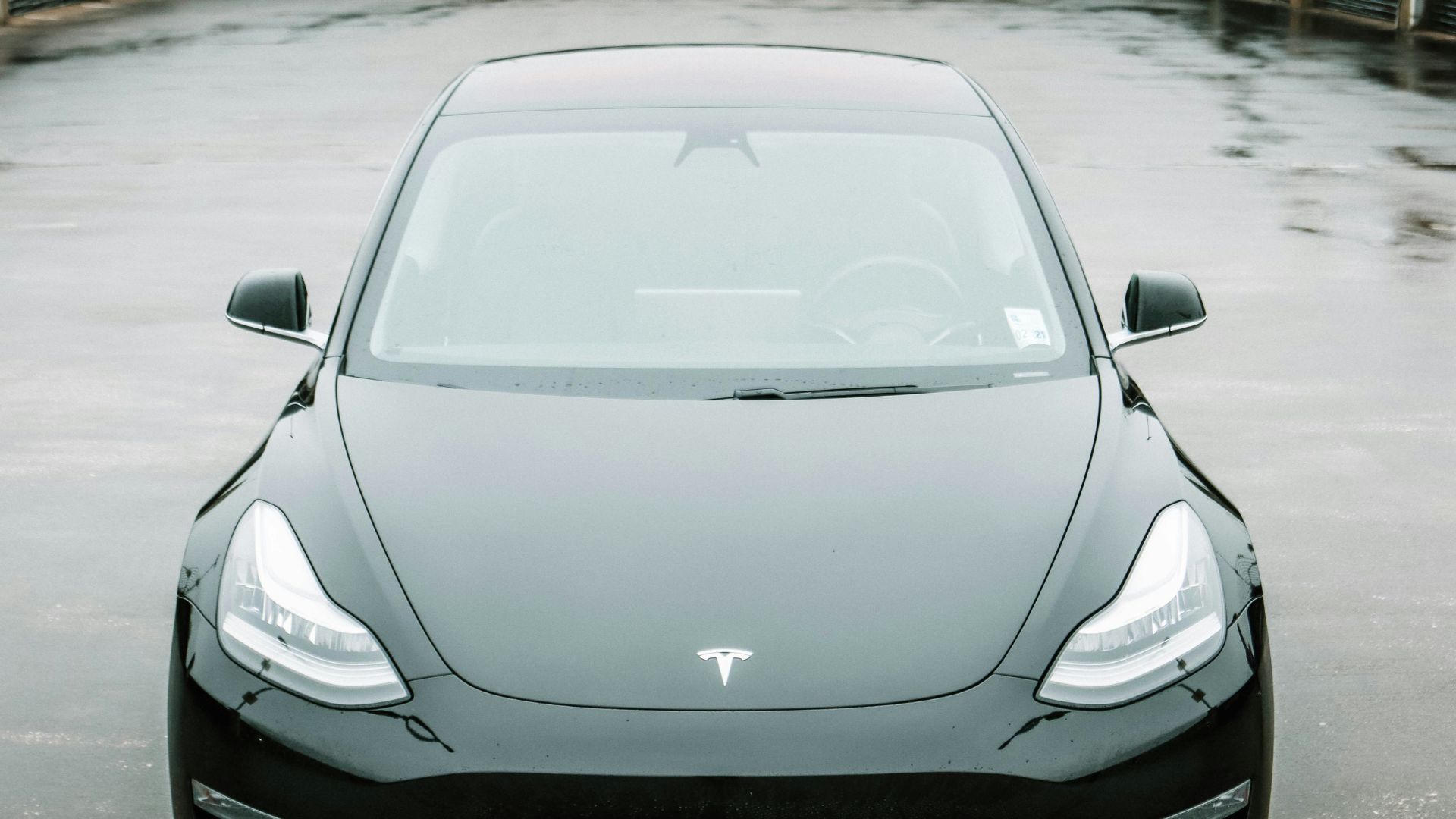
Tesla’s grip on the EV market is something Scaringe respects yet finds overwhelming.
He praises the Model 3 and Model Y as “highly compelling, great products” but points out their dominance leaves scant space for other brands to flourish or even be noticed.
Stagnation in EV Innovation
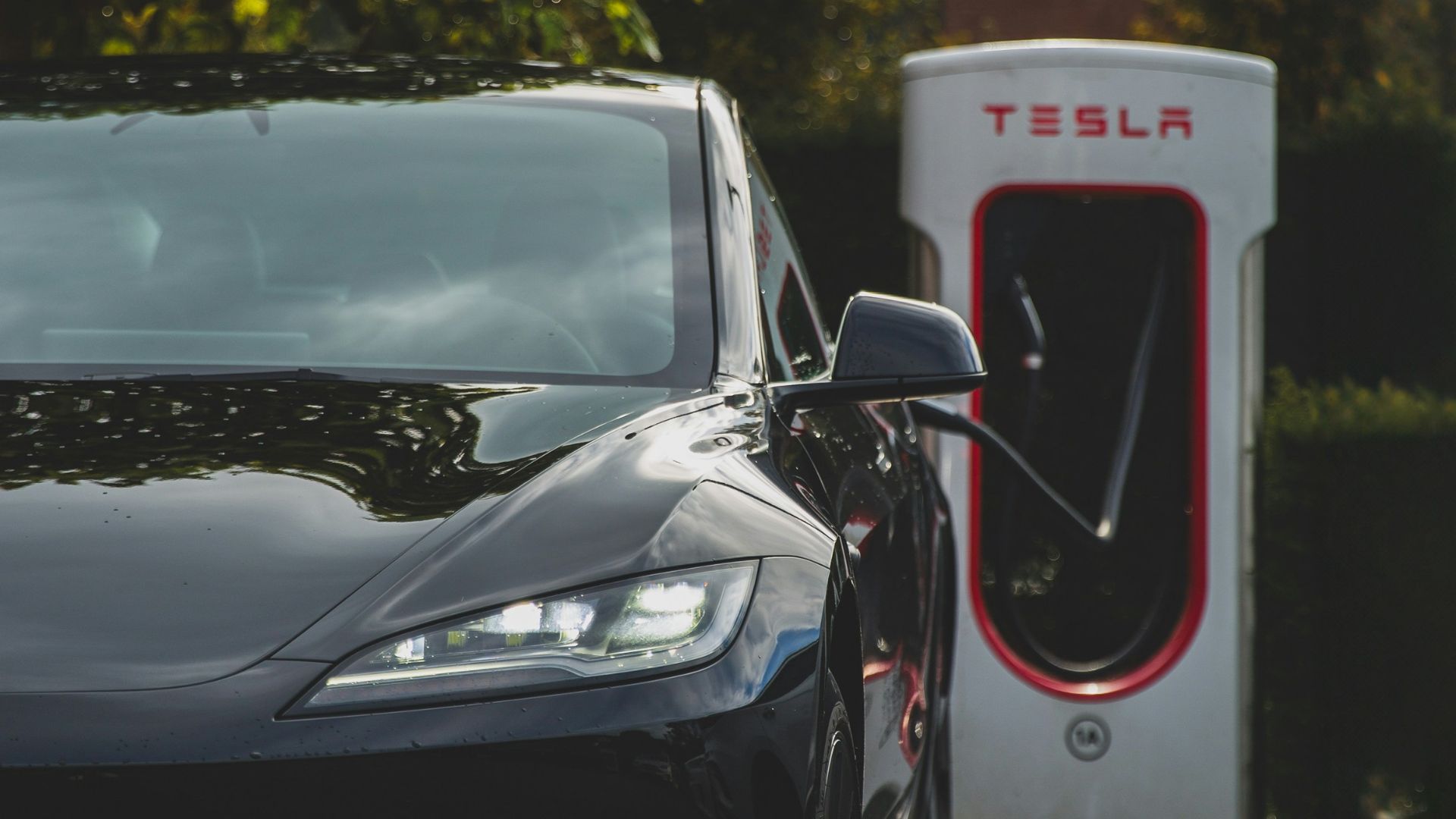
It’s a catch-22, Scaringe observes: as other automakers scramble to catch up with Tesla, their vehicles tend to mirror those of their giant competitor.
This mimicry has stifled true innovation, leading to a market flooded with look-alikes rather than trailblazers.
The Struggle for Consumer Choice in EVs
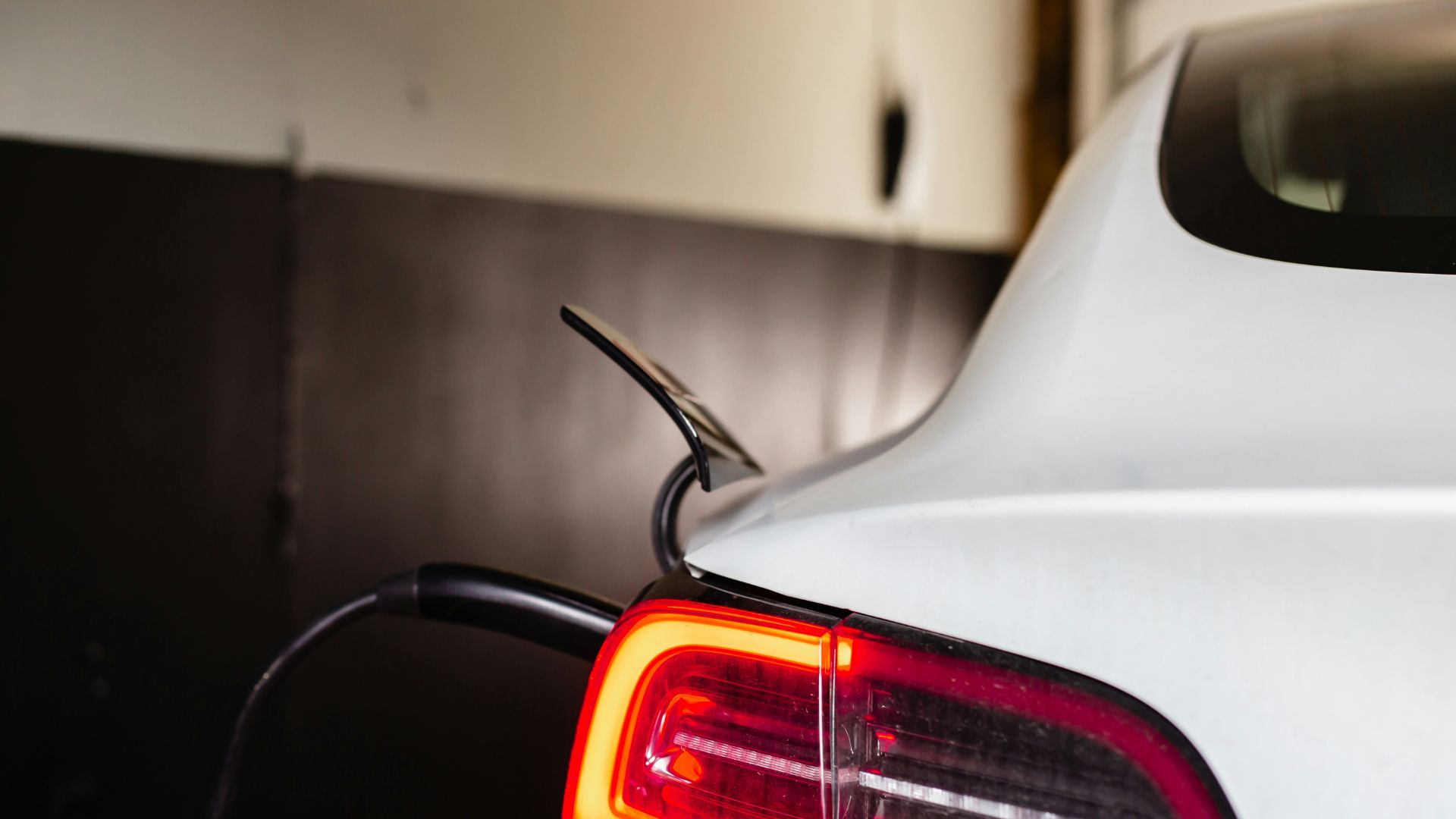
Market saturation from a handful of models has cornered consumers, making it tough for them to find an EV that fits their exact needs.
“Maybe they wanted something that was a little bit bigger, but they got something that was more like the Model Y,” Scaringe explains, highlighting the limited options for potential buyers.
Rivian’s Bold Move with the R3X SUV
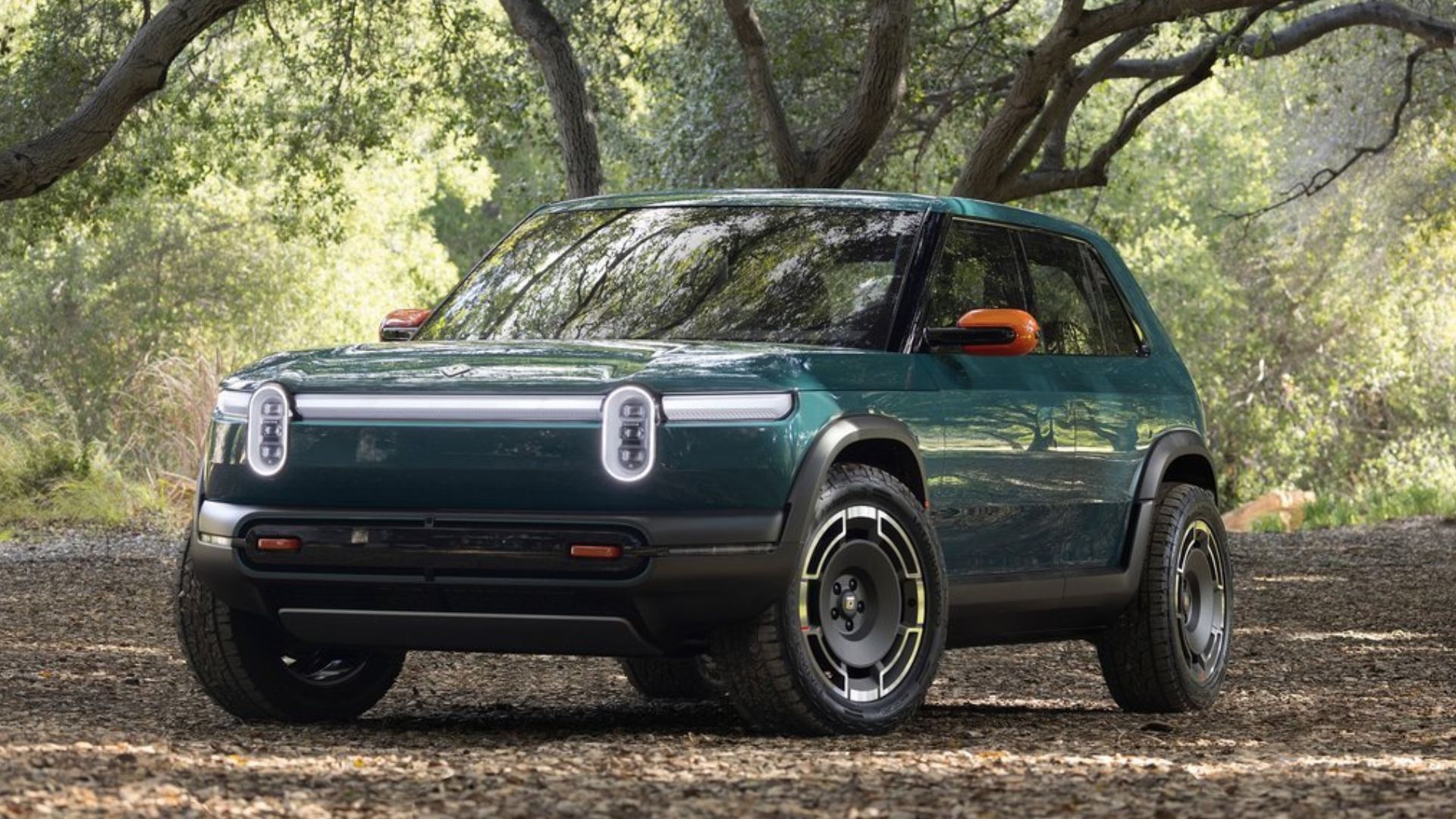
In an ambitious move to carve its niche, Rivian plans to roll out the R3X electric SUV, priced at a competitive $45,000.
Featuring the latest in battery technology with Rivian’s 4695 cylindrical cells, the R3X aims to diversify choices in the EV market and appeal to a broader audience.
A Closer Look at Rivian’s Upcoming R3X
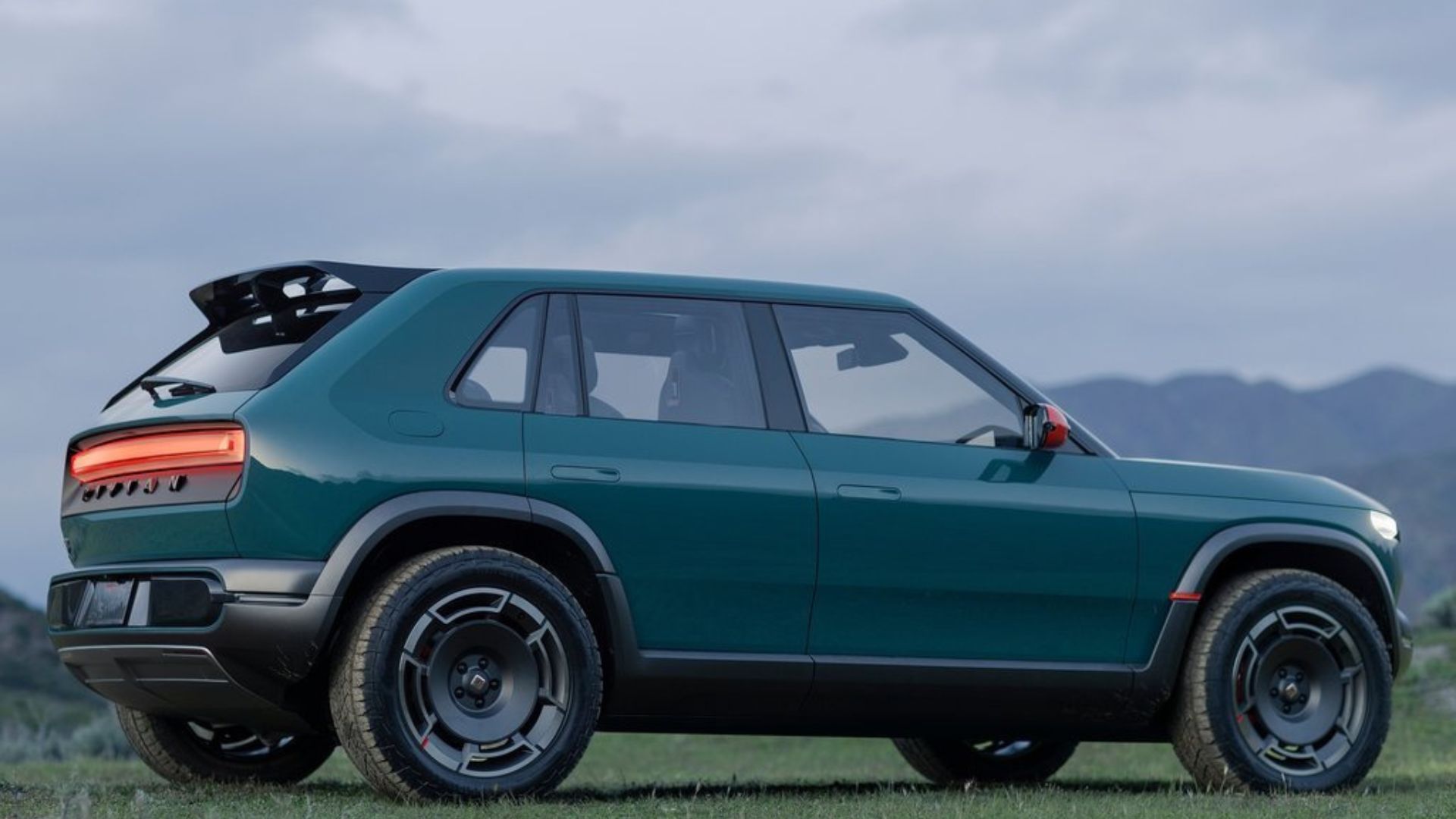
The R3X promises to shake things up with a compact design, sporting a wheelbase five inches shorter than its predecessor, the R2.
Slated for a 2026 release, this model represents Rivian’s strategic expansion in the fiercely competitive EV arena.
Tesla Maintains Its Edge
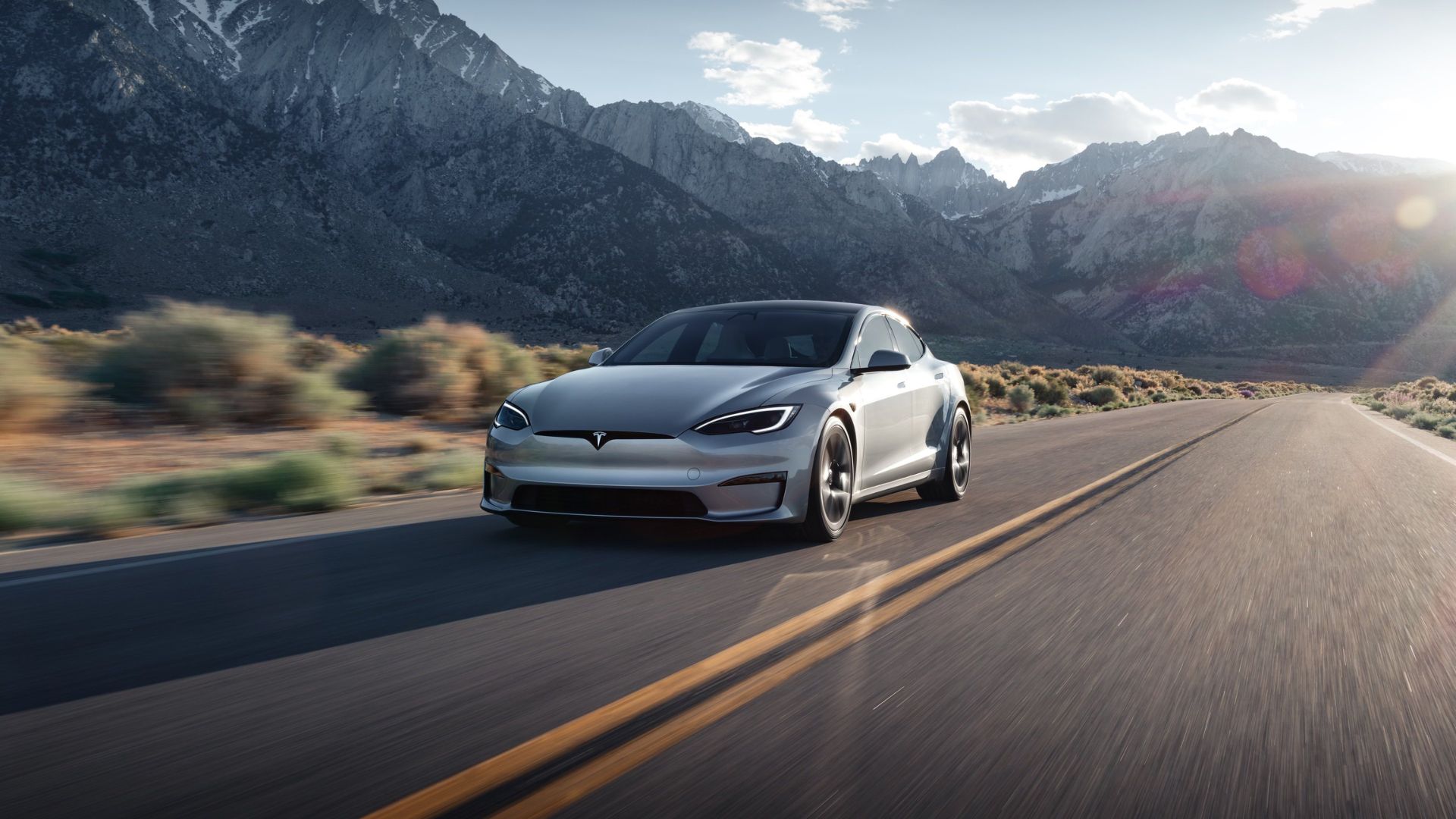
Despite broader market challenges, Tesla continues to lead the pack.
The Model Y and Model 3 remain the benchmarks in the industry, setting high expectations among consumers and maintaining impressive sales figures worldwide.
Economic Headwinds Hit Tesla
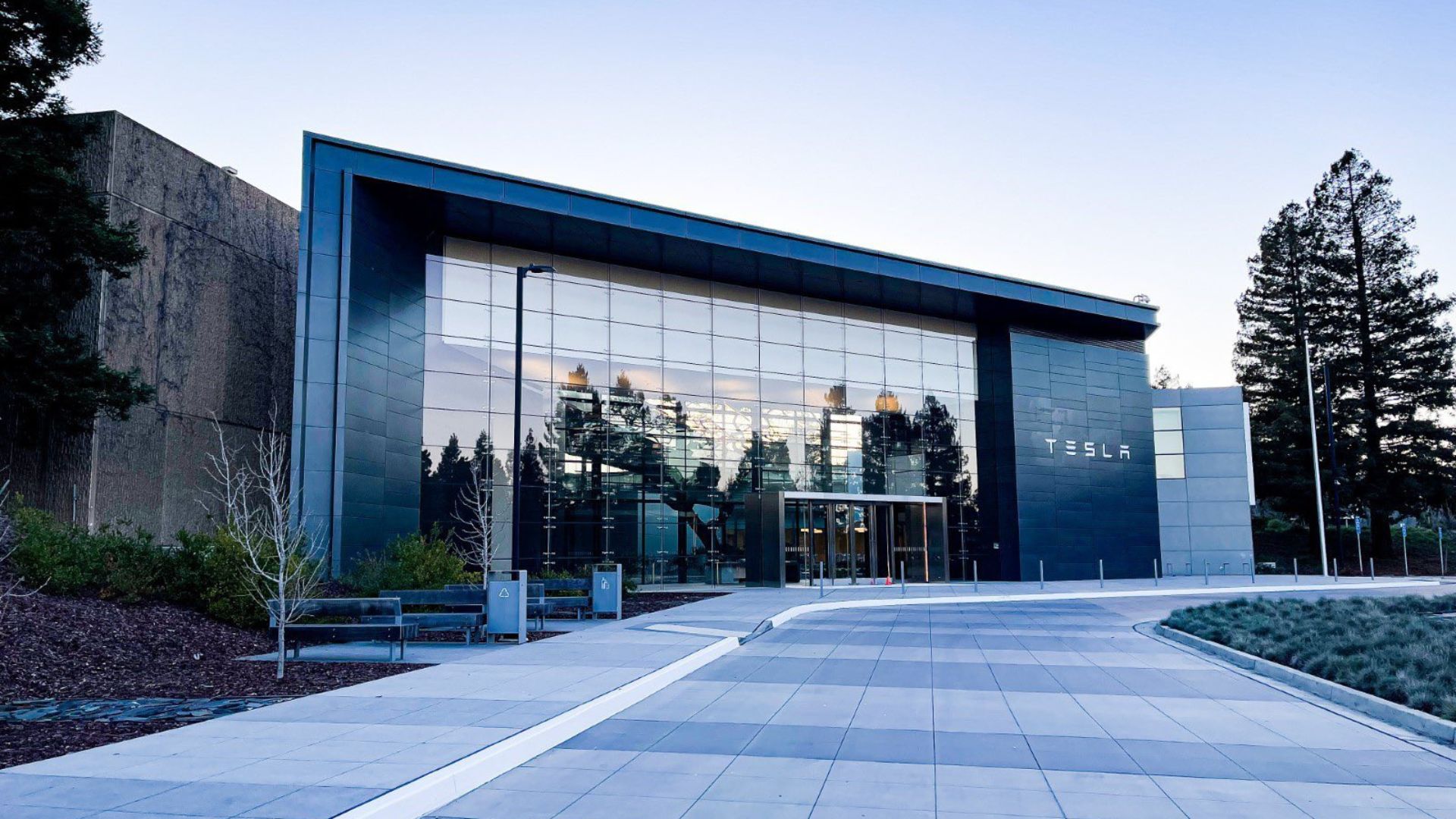
The recent financial disclosures from Tesla paint a stark picture: a 45% plunge in profits in the second quarter as the American appetite for EVs shows signs of waning.
The company has had to adjust prices and roll out discounts to keep their vehicles moving off the lots.
Unsold Inventory at Tesla
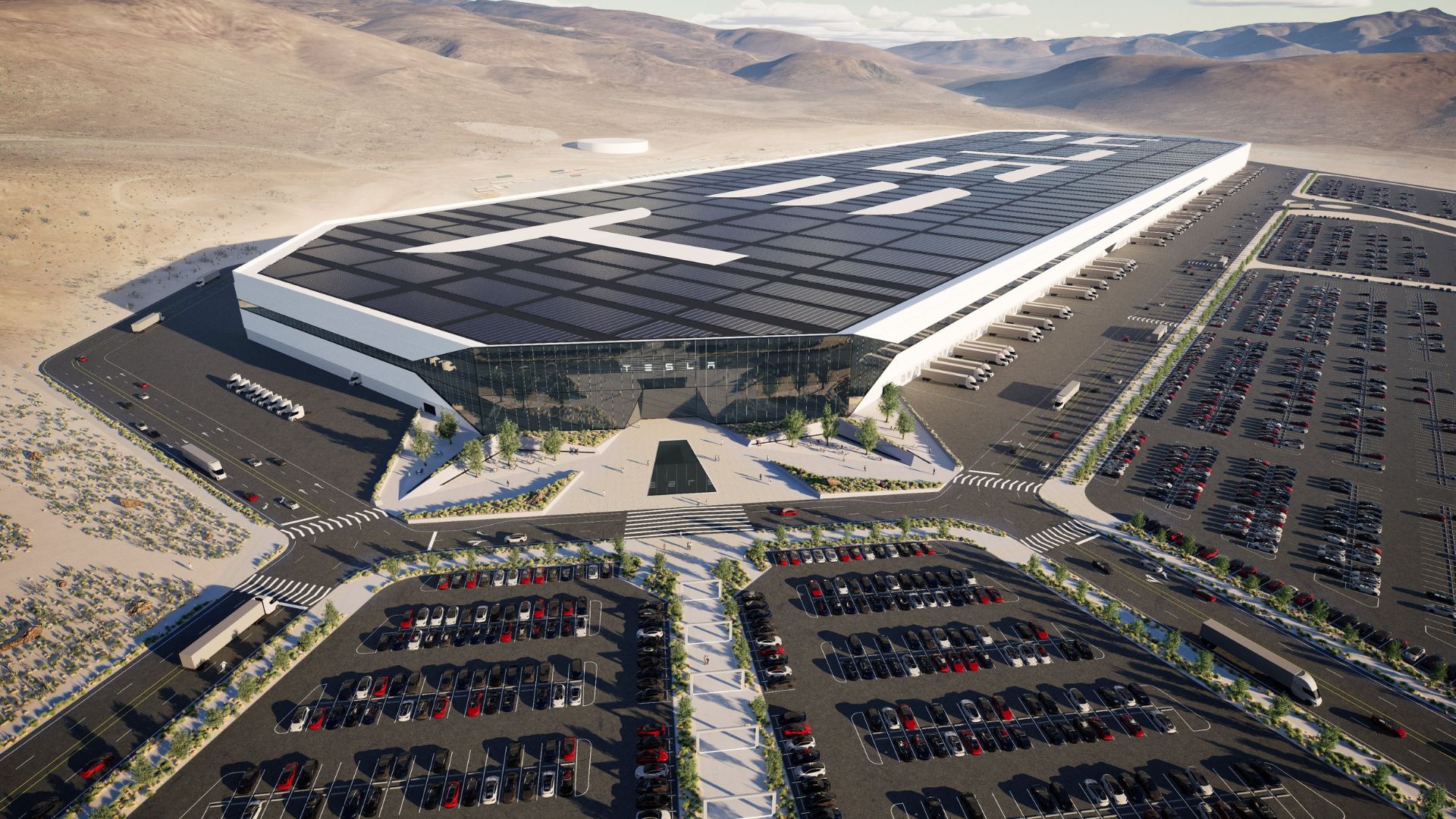
The first quarter ended with Tesla facing a significant surplus of unsold cars.
This is an unusual scenario that mirrors fluctuating demand and the unpredictable nature of the EV market today.
Tesla’s Bet on a Budget-Friendly Model
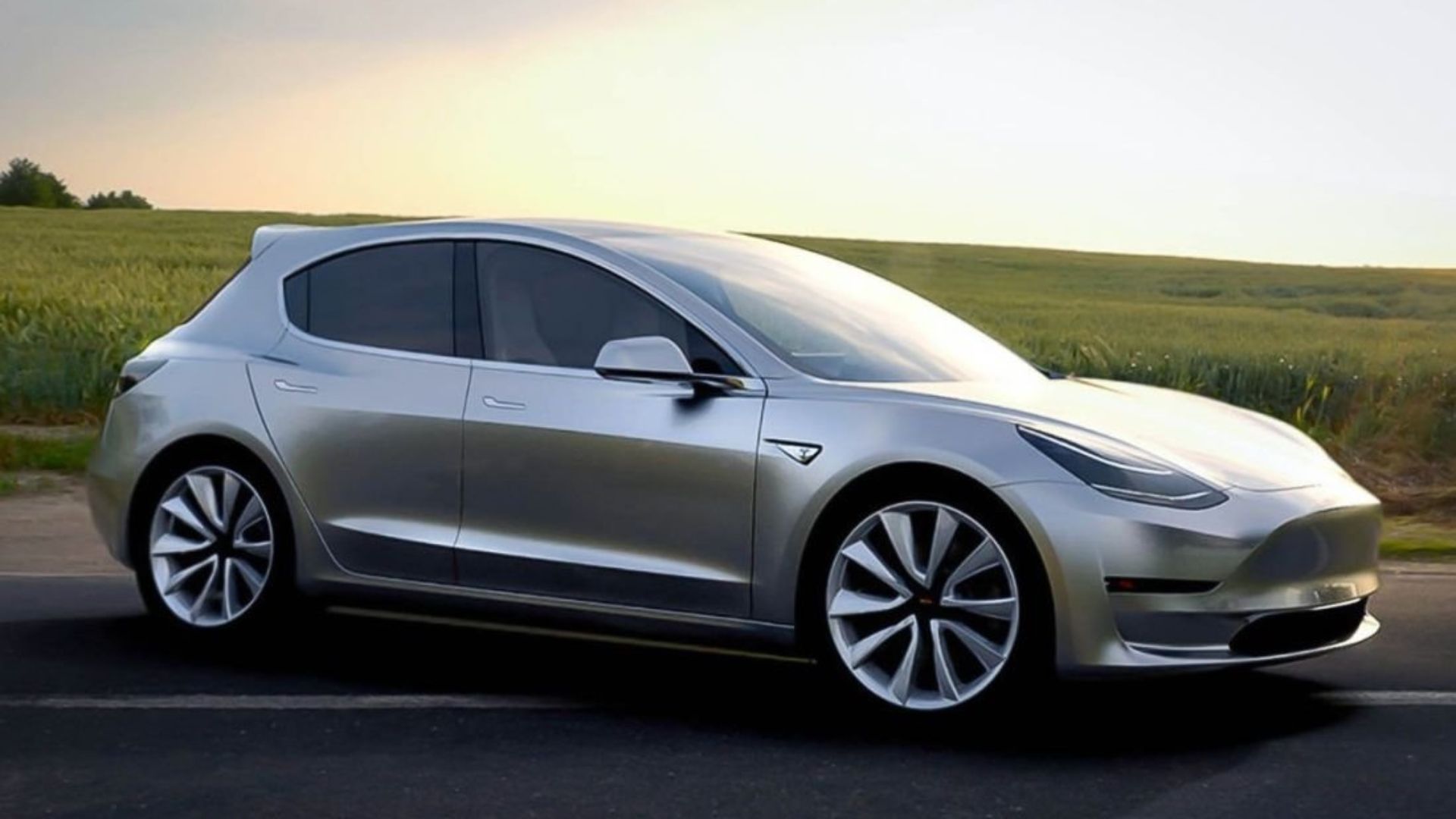
Looking to rebound, Tesla has announced plans to introduce a cheaper model, the Model 2, priced around $25,000.
This strategy aims to broaden the appeal of EVs to a more extensive consumer base, hoping to ignite a new wave of electric enthusiasm.
Musk’s Promise to Speed Up EV Production
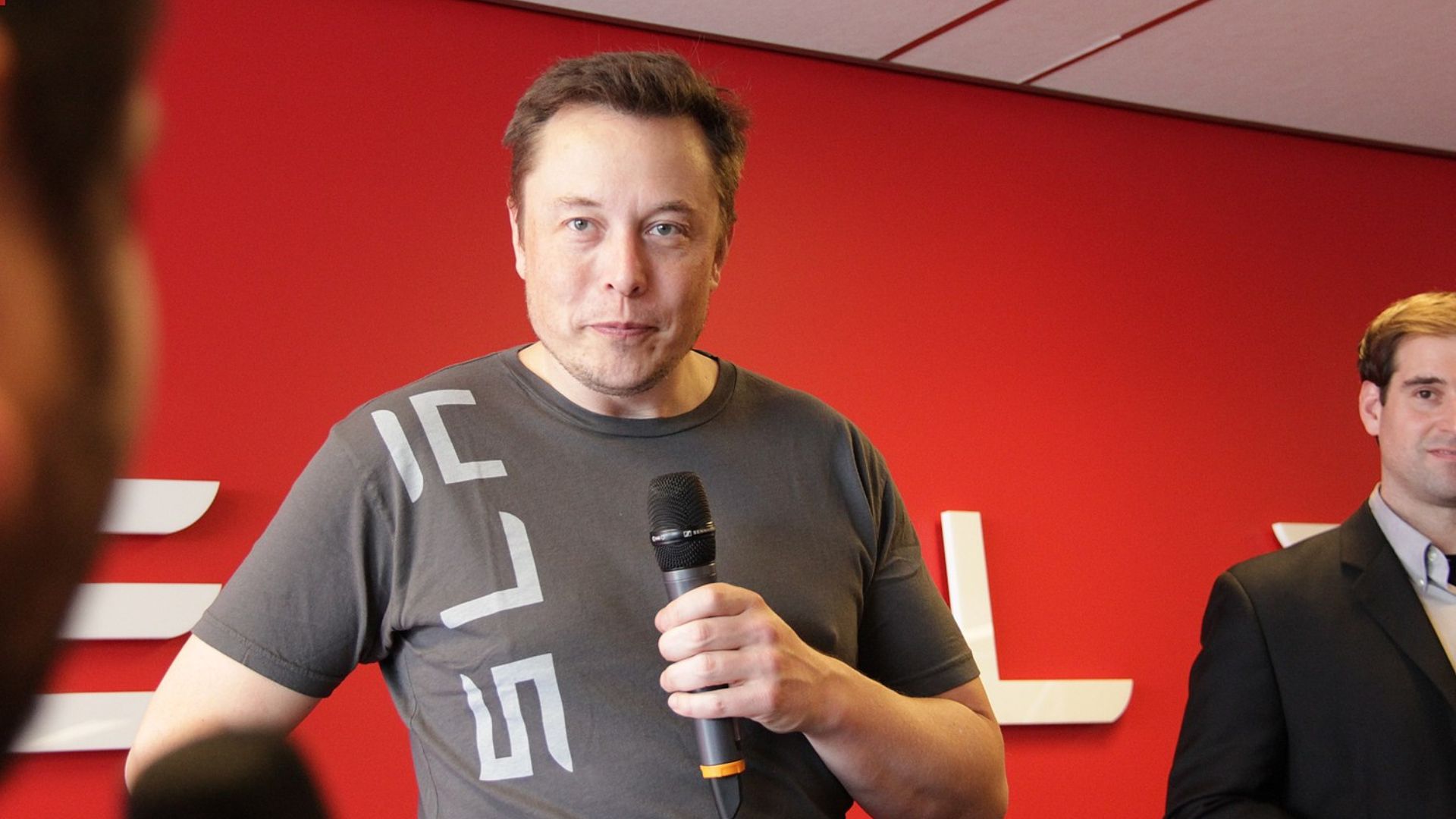
Elon Musk is not one to sit back. He’s pushing up timelines to get Tesla’s more affordable EVs, like the Model 2, into production by the first half of 2025.
This acceleration is part of Tesla’s strategy to adapt quickly to market shifts and meet evolving consumer expectations head-on.
